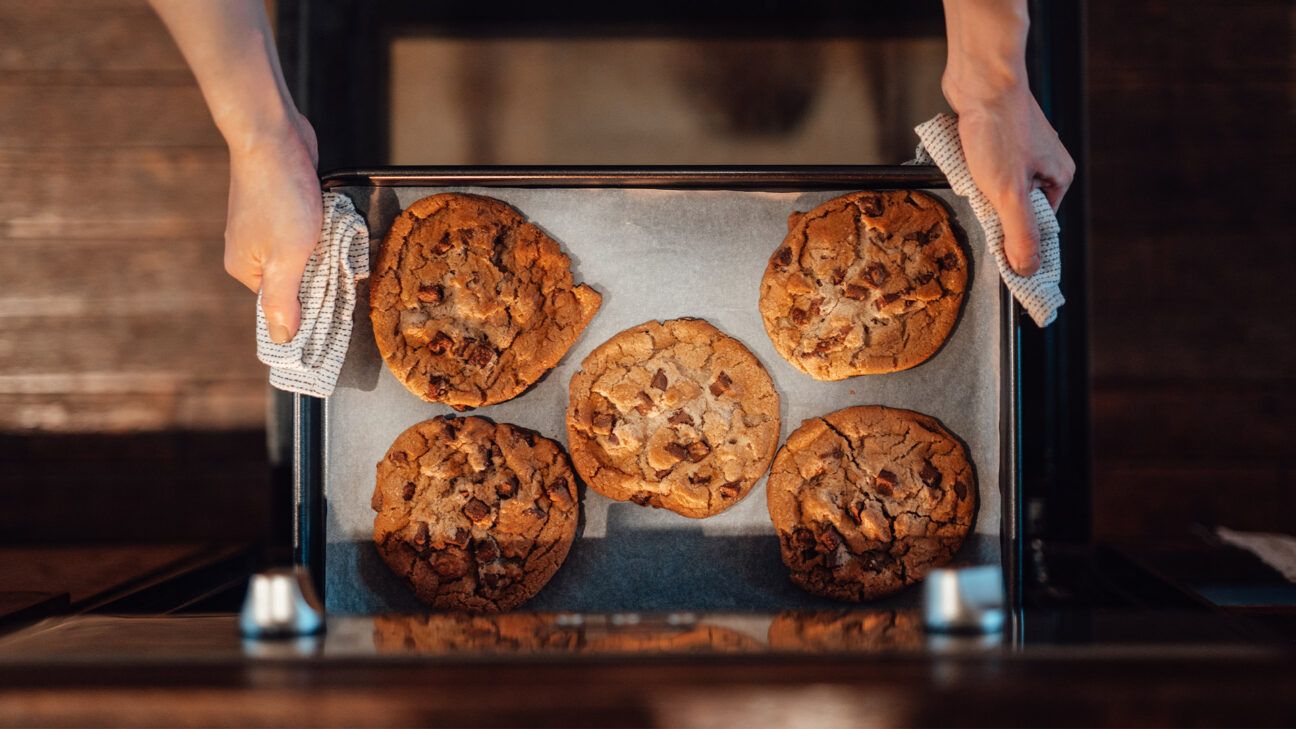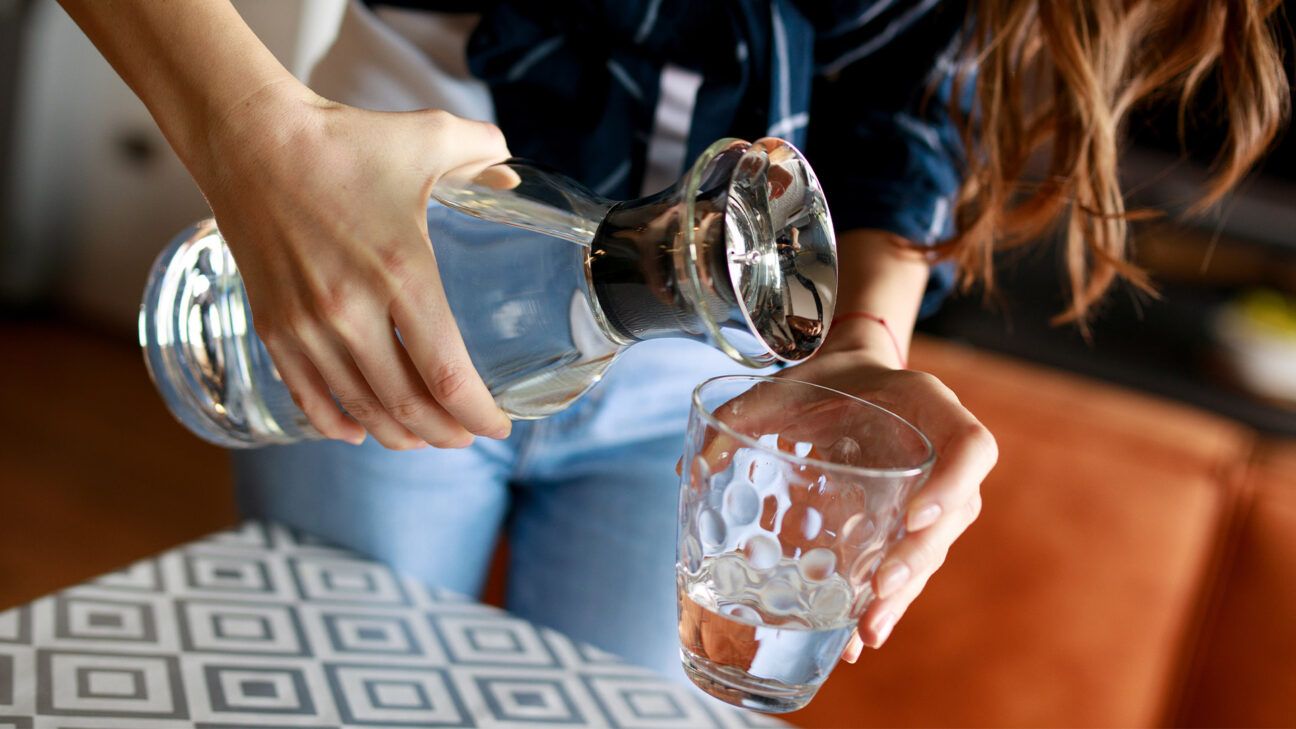Got a Sweet Tooth? Here’s Why Your Risk of Depression, Diabetes, and Stroke May be Higher

- In a recent study, having a sweet tooth was linked with a greater risk of depression compared to those who favor healthier foods.
- Preferring sweets was also associated with greater metabolic disease risk.
- People who strongly prefer sweets had higher inflammation, blood sugar, and lipids.
- Small, sustainable changes will make it easier to reduce your sugar intake.
- You may even find that you feel better in just a few weeks, giving you an incentive to continue.
Do you have a sweet tooth? According to Statista, many people in the U.S. do. In fact, when they surveyed Americans in 2022 and 2023, 41% said they ate sweets regularly.
However, if you consume a lot of sugary foods, research indicates that you may want to reconsider your choices.
In the October 2024 study, which was published in the Journal of Translational Medicine, the researchers found that people who favored sweets had a higher risk of depression than those who preferred healthier foods.
These individuals also had higher levels of inflammation, blood sugar, and lipids, which can indicate a risk of metabolic disease.
On the other hand, those people who had a more health-conscious eating pattern had reduced risk of heart disease and stroke, per the authors.
How having a sweet tooth affects metabolic disease risk
The researchers examined data from blood samples taken from the UK Biobank, a large database containing health and genetic information for half a million volunteers in the U.K.
The data contained information about 2,923 proteins and 168 metabolites that had been measured to look for changes.
The research team used unsupervised machine learning to look for patterns in this data, finding three distinct groups based on people’s food preferences: Health-conscious (preferring vegetables and fresh fruit to animal-based foods and sweets), Omnivore (preferring all foods), and Sweet-tooth (having a high preference for sweet foods and beverages).
Looking at the various proteins and metabolites, they found those in the sweet tooth group had higher C-reactive protein, a marker for inflammation.
They also had higher blood sugar and worse lipids, elevating their risk of metabolic conditions like diabetes and heart disease.
The team further found that having a preference for sweets was linked with a greater likelihood of having depression, diabetes, and cardiovascular disease compared with the other two groups.
On the other hand, the Health-conscious group had a reduced risk of heart failure, chronic kidney disease, and stroke; and the Omnivore group had only moderate health risks.
While they did not directly observe what people ate, the researchers noted that food preferences alone could potentially be used to predict people’s risk for metabolic diseases.
However, more research is required to confirm their findings.
Why having a sweet tooth might increase health risks
Dr. Michael O. McKinney, a physician and nutritionist with Healthy Outlook, said that the risks to physical and mental health increase when we eat a lot of sugar because of how sugar affects the body’s functioning.
He said that when you consume sugar, your blood sugar rises, which in turn increases the amount of insulin produced to cope with the added sugar.
“The consumption of food items containing excessively high glucose levels in the long course can result in insulin resistance,” said McKinney, “which is a root cause of metabolic illnesses such as Type II diabetes.”
Ingesting excess sugar and carbohydrates can also lead to high levels of inflammation, he said, which is linked with heart disease, stroke, and mental health conditions like depression and anxiety.
“Inflammation can damage the brain and impair the body’s capacity to govern emotions, increasing mental illness susceptibilities,” explained McKinney.
How you can reduce your sugar consumption
Dr. Ramit Singh Sambyal, an MD/General Physician associated with ClinicSpots, said that reducing your sugar consumption doesn’t have to be overwhelming.
“Small, gradual changes can make a huge difference,” he said.
The first step is becoming aware of all the places that sugar can hide.
“Many everyday foods, even ones marketed as ‘healthy,’ contain hidden sugars,” said Sambyal.
He suggests taking a closer look at labels, especially those of products like sauces, salad dressings, and flavored yogurts.
Sambyal also advised learning to look for sugar’s different names, such as glucose or maltose.
Another step in reducing your sugar consumption is to reach for whole fruits like apples and berries rather than grabbing a candy bar or other sugary snack.
“They provide natural sweetness while also offering fiber, which helps stabilize blood sugar,” he said.
However, you don’t need to make any drastic changes right away.
“Start by making small adjustments — like using less sugar in your coffee or choosing whole grains over sugary cereals,” suggested Sambyal. “This makes the change more manageable and sustainable in the long term.”
Finally, he advises looking at any sugary drinks that you regularly indulge in. “Sodas, fruit juices, and energy drinks are some of the biggest sources of added sugar in our diets,” said Sambyal. “Switching to water, sparkling water, or herbal tea can make a big difference.”
While cutting out sugar can result in some temporary sugar detox symptoms, you may find that you feel better within just a few short weeks.
In fact, Sambyal mentioned that those with depression may experience changes in their well-being relatively quickly.
“Patients who reduce their sugar intake often notice improvements in their energy levels and mood,” said Sambyal. “They feel less sluggish and experience fewer mood swings.”
And, of course, in the long term, you reduce your risk of not only depression but also conditions like heart disease and diabetes.
“Reducing sugar is one of the best steps you can take for your health,” said Sambyal. “Even small changes can significantly improve your physical and mental well-being over time.”
Takeaway
According to a new study, having a sweet tooth may be linked with a greater risk for depression.
These people also had higher inflammation, blood sugar, and lipids, which may indicate a greater risk for metabolic diseases like diabetes and heart disease.
To eat less sugar, you can start slowly by reading labels and making better choices, like having whole fruits when you crave sweetness and putting less sugar in your coffee.
Small changes will add up over time to a happier, healthier you.






